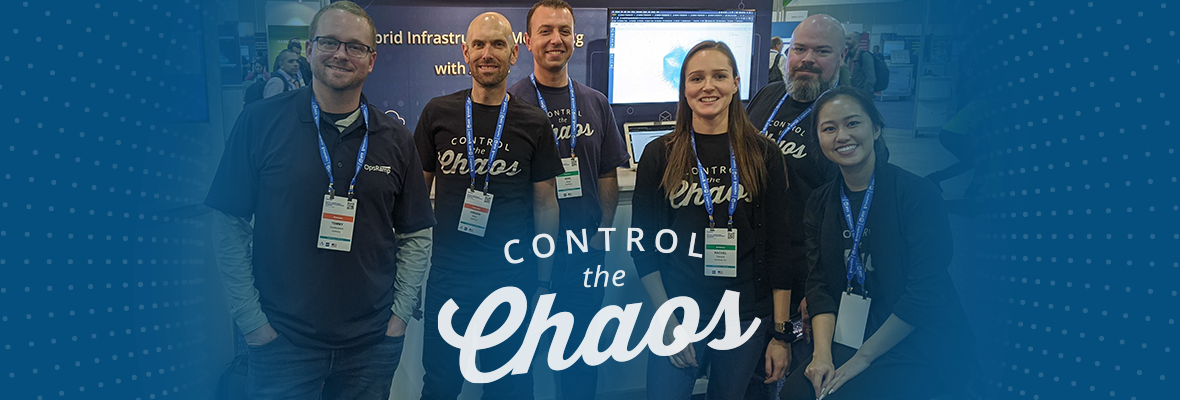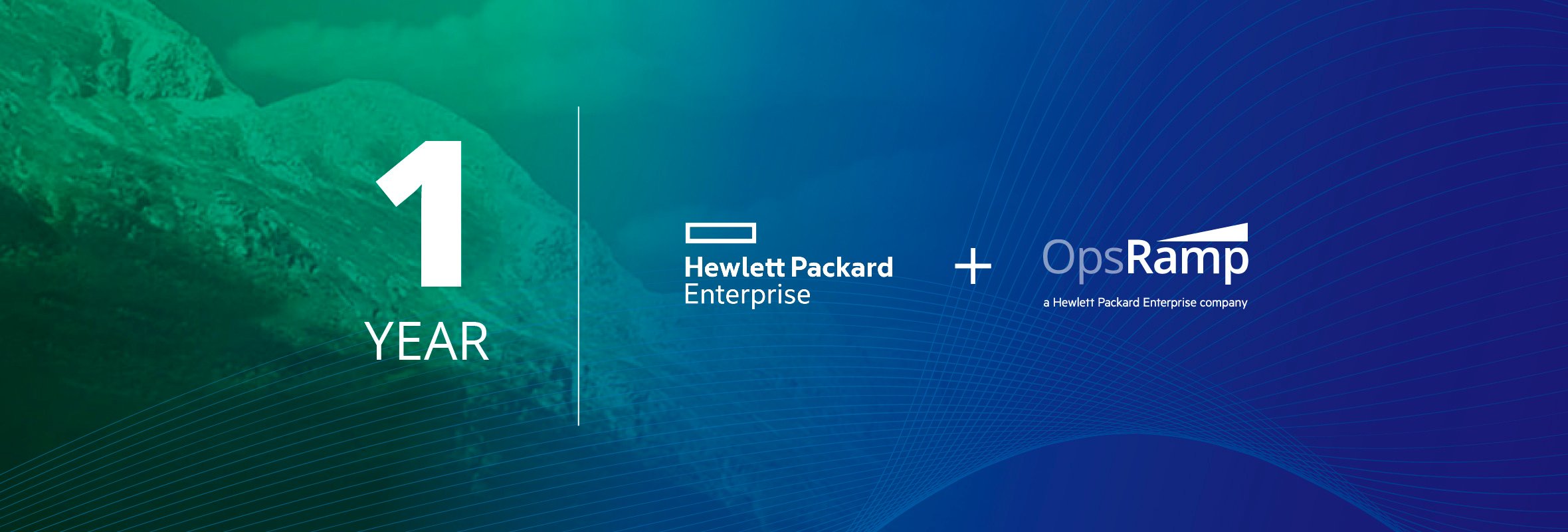OpsRamp recently attended the Gartner IT Infrastructure, Operations, and Cloud Strategies Conference, where analysts addressed the future of digital operations management. In the opening keynote, and throughout many of the sessions, Gartner talked about how infrastructure technologies are increasingly becoming disruptive and endemic to business strategy. In the event’s keynote, analyst Dennis Smith referred to Uber and Lyft, explaining how OS virtualization in the form of containers and Kubernetes are two of the disruptive technologies driving the success of these ridesharing leaders.
Smith emphasized that I&O leaders are responsible for bringing disruptive technologies to the business, provided that they:
- Enhance quality of existing services
- Build customer intimacy
Innovation delivery, he said, is more strategic today than the rote (and increasingly automated) job of infrastructure management. Yet, as always, enterprises are behind the curve when reaching these lofty goals because of technical debt, a burden that Gartner says is carried by two-thirds of IT organizations. Another barrier to modernization is finding the right talent. About 30% of open infrastructure and operations (I&O) jobs are filled by people who have “zero” I&O experience, Smith said. Rather than a move of desperation, this metric indicates the desire of IT leaders to have fresh perspectives in their organizations as the company embarks on new digital initiatives.
And what about the infrastructure platforms of the future?
Gartner defines the new stack for modern IT infrastructure along these lines:
- Programmable infrastructure: adaptable, software-driven technology not “black box” appliances.
- Modular: infrastructure teams will need many different commercial and open source technologies to do the job.
- Intelligent: IT infrastructure will incorporate advanced automation, orchestration, and self-healing properties to reduce error and manual effort and be more responsive.
During the keynote, Gartner highlighted the work of Charity: Water, a nonprofit focused on delivering clean and safe drinking water to developing nations. The business is managing 35,000 projects around the globe and received a Google Innovation award to develop smart wells, containing sensors that continuously analyze and stream data about the water flow and quality at the site. The sensor technology has eliminated the need to hire locals to travel to the site and collect the data manually, while also vastly increasing the amount of data sent back for analysis. Charity: Water’s Chief Global Water Officer Christoph Gorder relayed a common challenge: designing the appropriate hybrid cloud environment as relates to cost, performance and business need. “We haven’t quite figured out what’s going to happen in the cloud and what’s going to happen on the edge.” What he has figured out though, is that the management of these workloads has a fundamental effect on the business and its bottom-line results.
Here’s a summary of some of Gartner’s top observations on how IT organizations will need to adapt when pursuing business transformation using modern infrastructure:
|
|
- Take ownership for business metrics. Similarly, a focus on business service alignment means adopting new metrics that businesspeople can better understand. Instead of uptime, perhaps it’s customer satisfaction. Can you measure how IT operations helps further business outcomes and workplace productivity? This new orientation to data requires in-house data science skills and possibly, new tools that can make these correlations easier to find and report.
- Rethink roles. Many organizations today are still made up of primarily specialists, but that’s not a sustainable strategy given the rapid pace of technological change. IT directors should think about how to develop and hire people with broader tech skills in cloud, DevOps and operations. Gartner says that 50% of IT leaders are looking for “versatilists” over specialists. These broad-based experts will be better able to maintain general site and service reliability and support business goals. It will be necessary, and also beneficial, to think outside of the box when looking for talent. Developers and administrators don’t always need a college degree. And retirement-age employees have valuable legacy skills and experience to bring to the table, even though they may not want to work full-time hours.
Finally, IT leaders will need to institute programs supporting a knowledge refresh every couple of years, Gartner says. The world of digital infrastructure is evolving at breakneck speeds, and what’s mainstream today may be gone tomorrow.
Next Steps:
- Read our earlier Gartner event coverage: Gartner Symposium 2019 Top Trends Impacting IT Infrastructure and Operations Management
- Follow OpsRamp on Twitter and LinkedIn for real-time updates and news from the world of IT operations.
- Schedule a custom demo with an OpsRamp solution expert.






